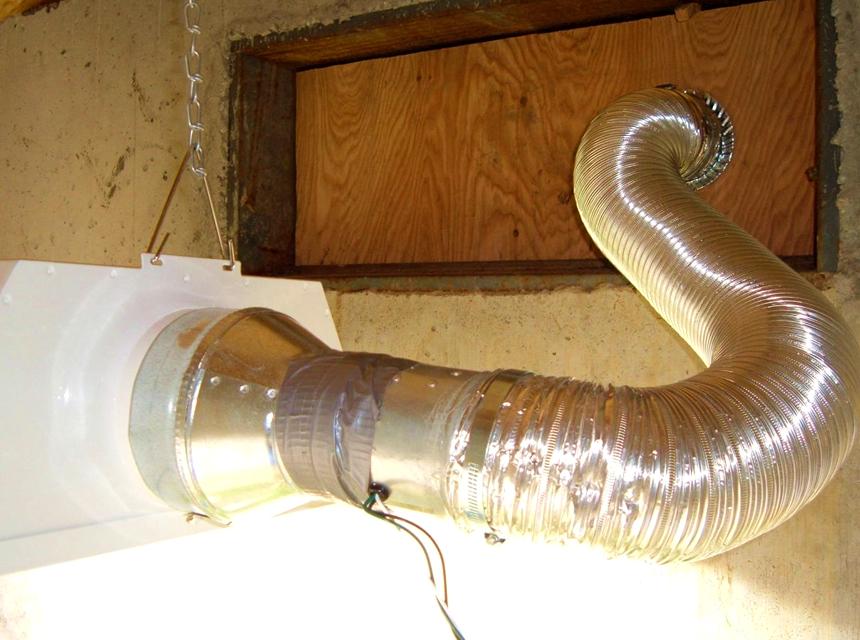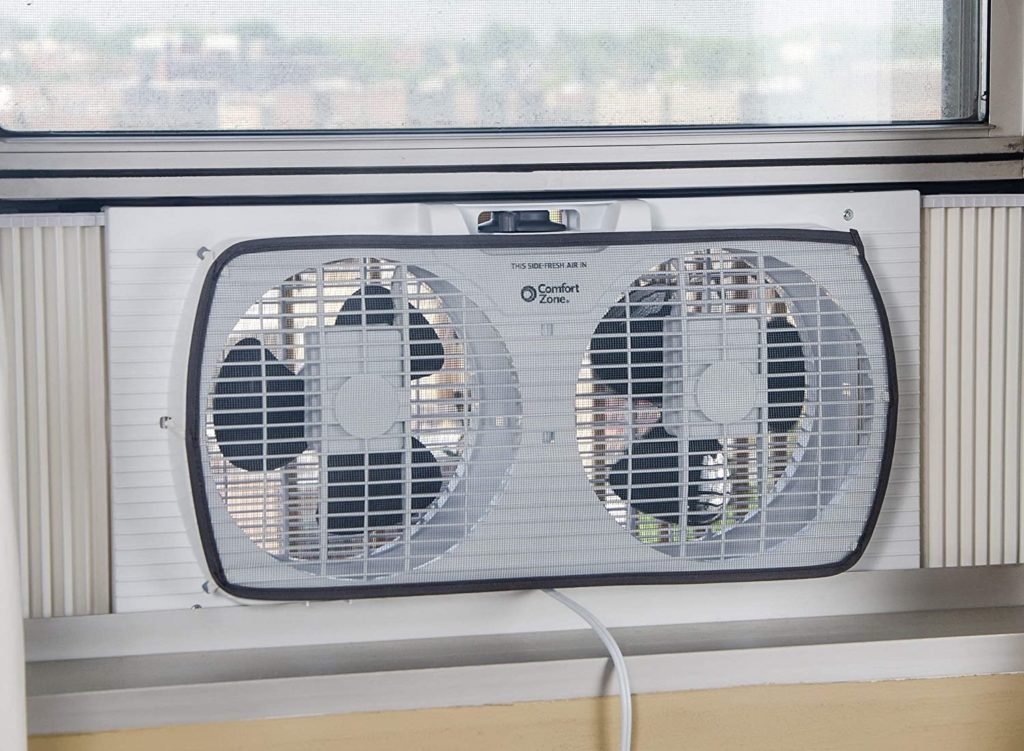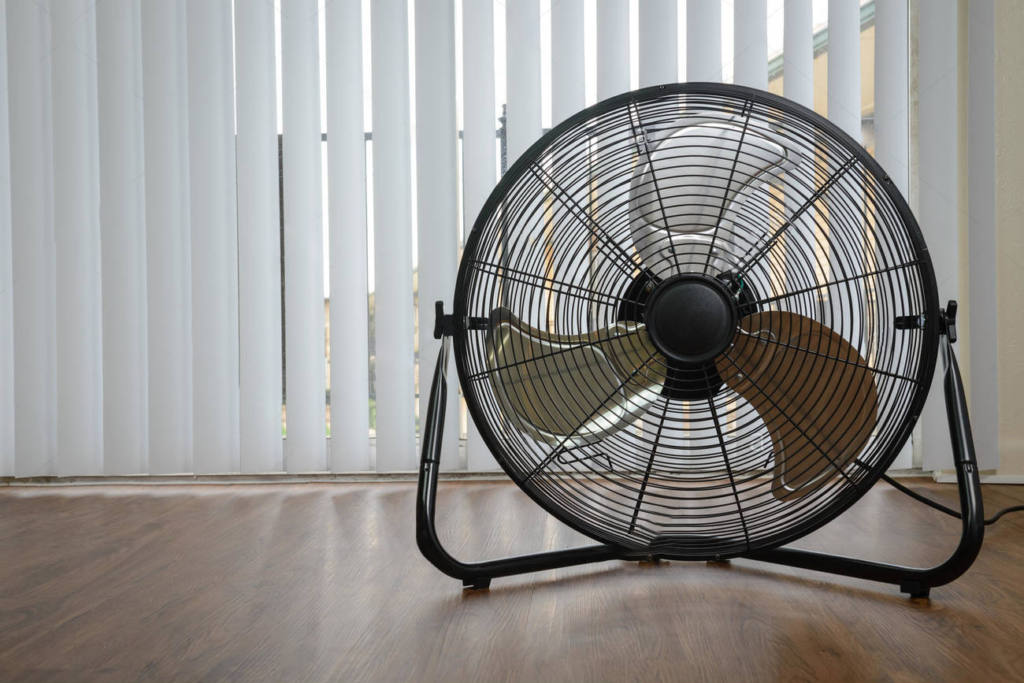

If you are looking to add a bit more ventilation to your home, then you have two basic choices. The debate breaks down a whole house fan vs. an attic fan. Both of these models will help to cool down your living spaces, though they go about in different ways. Of course, since they are both fans, they are very similar as well.
Each of these fans is installed in the upper reaches of a home, but from there, go about their cooling duties in different manners. In this article, we will guide you through all of the ins and outs of both of these systems so that you can better understand the differences between an attic fan and a whole house fan so that you can find the best system for your needs. Unsurprisingly, there are a lot of different factors that you need to take into account before you can determine which system will work better for your home.
Even though both of these fans have the same end goal in mind, they go about it in very different ways.
Attic fans are smaller than whole-house fans and, as the name would suggest, are only meant to be used to ventilate the attic. The thinking behind this is simple. If you can cool off your attic through the use of a ventilation fan, then the entire house will cool off. While this will work in some situations, it is certainly not applicable to every home.
A whole house fan is very similar to an attic fan in some ways, yet quite different as well. These fans are installed in the attic area of the home or, at least, the highest point in a house. These fans are much larger than attic fans, which allows them to pull air from the entire home. A whole house fan is also used in conjunction with open windows, which allows it to pull cooler air from outside while blowing out hot air from the home.
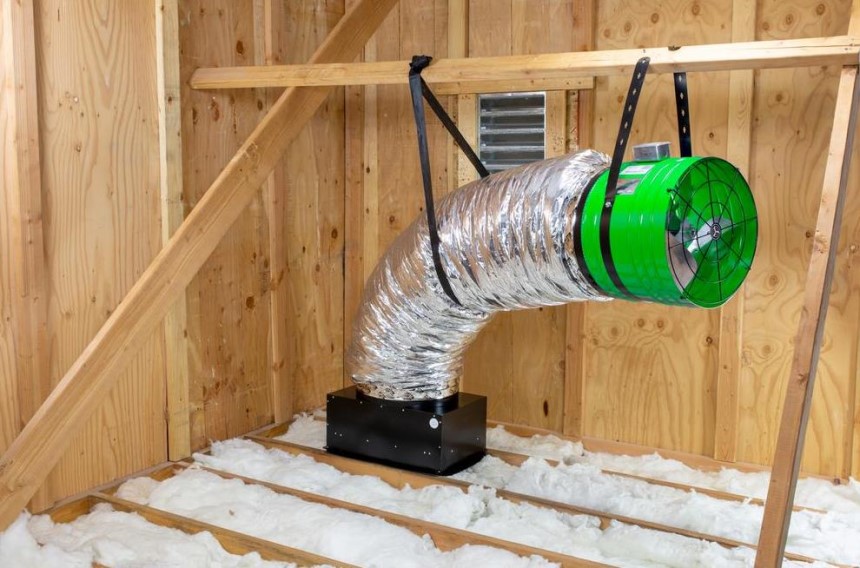 Pros
Trusted Source
Whole-house fan - Wikipedia
A whole house fan is a type of fan, commonly venting into a building’s attic, designed to circulate air in a home or building. It is sometimes confused with a powered attic ventilator, which exhausts hot air from the attic to the outside through an opening in the roof or gable at a low velocity.
en.wikipedia.org
Pros
Trusted Source
Whole-house fan - Wikipedia
A whole house fan is a type of fan, commonly venting into a building’s attic, designed to circulate air in a home or building. It is sometimes confused with a powered attic ventilator, which exhausts hot air from the attic to the outside through an opening in the roof or gable at a low velocity.
en.wikipedia.org
So, now that you know some of the differences between the two different types of fans, you are probably starting to get an idea as to which type will work best in your home. There are still, however, quite a few details that you need to take into account before you make your final decision.
The first thing that you will want to take into account is the climate of the area where you live. The biggest climate factors that you need to consider is the temperature and humidity of your climate. If you have a more humid climate, then an attic fan might be the best bet. These fans are meant to be operated during the hottest part of the day and, in the right circumstances, can greatly reduce the temperature of your home.
A whole house fan, on the other hand, is made for areas that are not very humid on the whole. These fans are meant to be used during the morning or evening hours when the air is coolest so that they can pull this cool air in while blowing out the warmer air in the home.
Another important consideration is whether or not you already have a central air conditioning system installed in your home. If you do, then an attic fan is going to work well without reducing the efficiency of the air conditioner. In fact, an attic fan will actually make the AC system more efficient since it won’t have as much hot air to transform into cooler air.
A whole house fan is a cheaper alternative to purchasing and installing an AC system since it can be used to cool an entire house. You can use one of these fans with an AC system, but they should not run at the same time. If they do, they will work against each other, as the fan will end up removing the cool air from the conditioner.
As you might’ve guessed, an attic fan will be installed in your attic. More specifically, however, is that they work best in a home that has an attic above the livable space. These spaces can be large or small and are usually not insulated. This type of fan needs to be placed inside some sort of a vent to the outside.
A whole house fan is also located in the upper reaches of a home but should not be separate from the rest of the house. These fans should be installed in the ceiling of a hallway so that they can pull the air through the entire home. Like an attic fan, these models also need some sort of a vent to the outside.
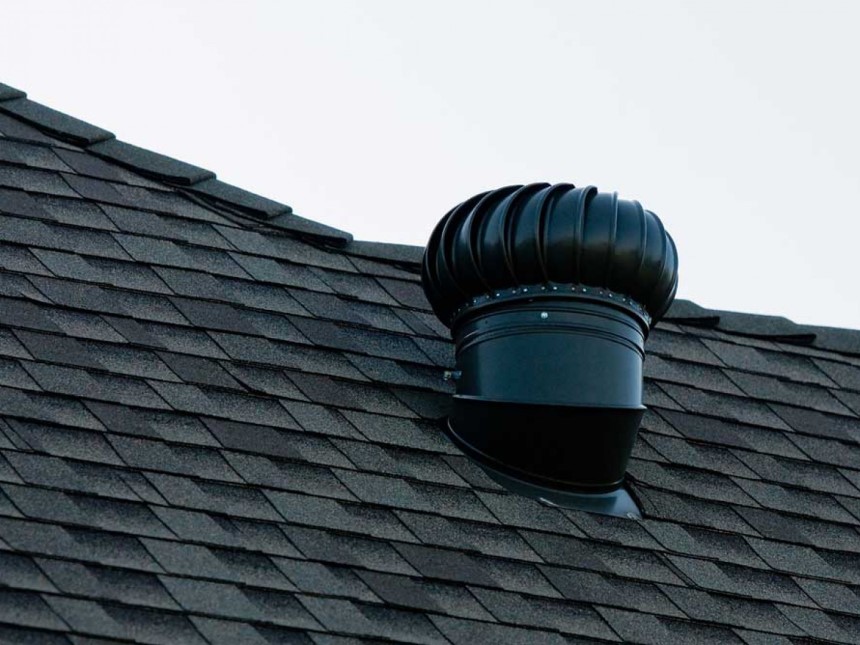 Price and cost of installation
Price and cost of installationDepending on the type of fan you pick, you are going to be paying different amounts of money. The cheapest fan model to install and maintain is going to be a standard electric attic fan, like this one from Iliving. These fans can usually be purchased and installed for about $300. There are also solar-powered attic fans out there, but these will usually cost about two times as much to install as a standard model.
It should come as no surprise that a larger whole house fan would cost more to install. For a single fan, you would probably pay around $900. If you have a larger home, however, you will need more fans, which could put the price up around $1500 total. Of course, if you get an entire system like this one offered by QA-Deluxe, you might be able to save a bit of money since everything is included with your purchase.
Since attic fans are a bit smaller, they are easier to install. However, no matter which style of fan you decide to utilize in your home, the installation process is quite involved. You need to cut a hole in your roof, install a vent, properly wire the electrical components, and weather seals the vent. Unless you have experience in this area already, thanks to your work, this is a project that should probably be left to professionals. The last thing you need is a leaking vent or an incorrectly wired fan, after all.
 Energy efficiency
Energy efficiencyTo truly get an understanding of the energy efficiency of either type of fan, they should be compared to what you are attempting to replace, which is a centralized air conditioning unit, while still taking into account the cooling performance. In this case, a whole house fan wins, hands down. These fans are much better at cooling an entire home compared to an attic fan and only take a fraction of the electricity to run in comparison to a central AC system.
Both of these fans will make a bit of noise, but the whole house fan is definitely going to be more noticeable. This shouldn’t come as too big of a surprise. After all, the attic fan is sealed away in the attic, while the whole house fan is connected to the rest of the home. Thankfully, unless it is running at high speeds for a long time, you probably won’t notice it too much.
Attic fans shouldn’t affect the value of your home positively or negatively. While many buyers might like the idea, they are not viewed as being energy efficient enough to make a dent in people’s opinion on the value of a home. Whole house fans, on the other hand, could be seen as a positive in the right situating. This is because they are much cheaper than an AC system, which could make your home more desirable to potential buyers.
Attic fans and whole-house fans are both good options to cool your house down. Of course, this will depend on a number of factors, such as your climate, budget, and whether you have an air conditioning system already in place. For instance, attic fans work better in warmer, more humid climates in conjunction with an AC system.
Whole house fans, on the other hand, work better alone in cooler, dryer locales. These fans work by pulling cool air through the windows in the early morning and evening, while an attic fan can be run at any time during the day. Now that you have all the information that you need on the whole house fan vs. attic fan debate, you can make a better decision for your household.


